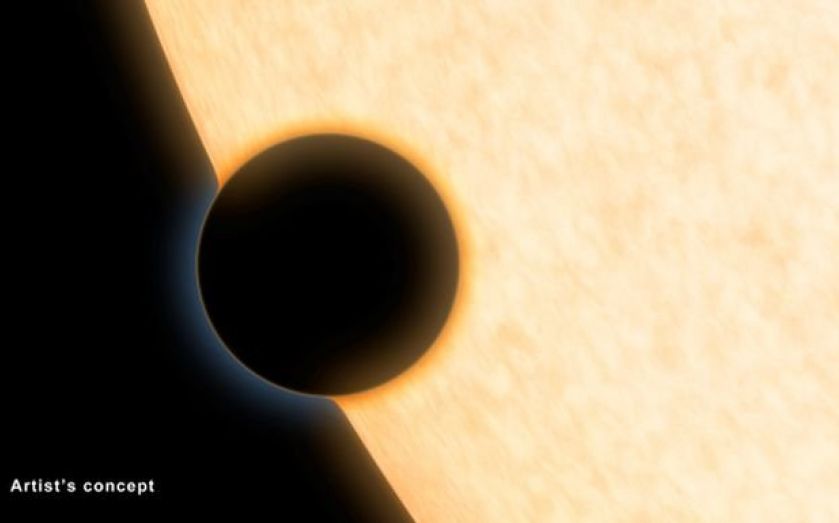| Updated:
Have scientists found Waterworld? New planet suggests there could be life beyond our solar system

Water is fundamental to our existence. And not just ours – for any organism to exist, it must have access to a healthy dose of H2O.
That's why scientists have been searching in space for the vital molecule – which us earthlings are lucky enough to be surrounded by in abundance – for many years. Now, they have come across a planet far beyond the realms of our solar system with water in its atmosphere.
Around four times the size of Earth – closer to Neptune in its dimensions – HAT P-11b lies some 124 light years away in the Cygnus constellation. That means what we can see of it now is actually how it looked in Victorian times.
By studying its surface, scientists at the University of Maryland had originally intended to find out if planets beyond our solar system are formed in a similar way to Earth. In doing so (the answer was "yes"), they also found water vapour on the surface.
"Our ideas about the formation of planets have been developed to match our solar system," explained exoplanet expert Drake Deming, who was also lead researcher in the study. "And we don't know whether other planetary systems behave the same way.”
Using two telescopes – the Hubble Space Telescope and the Spitzer Space Telescope – they studied the exoplanet (a planet that does not orbit Earth's sun and orbits a different star instead) for a year and a half between July 2011 and December 2012. In particular, they were interested in a quirk of light that appeared when the planet passed in front of its host star, since material in a planet's atmosphere absorbs some of its star's light and makes the planet appear bigger.
By plotting changes in the exoplanet's size and relating them to the wavelength of electromagnetic radiation that the telescopes observed, the scientists were able to create a graph showing how much of the star's radiation the planet's atmosphere absorbed. The shape of that graph, called a transmission spectrum, revealed the chemical composition of the atmosphere.
The results, published in the journal Nature, reveal it probably has a rocky core, wrapped in a thick, gaseous envelope of about 90 per cent hydrogen. Its atmosphere is cloudless at high altitude, but it does contain water vapour.
Many factors besides water are involved in the formation of life, which means that no definite conclusions can be drawn about life from its presence alone. In the case of HAT P-11b, the extremely high temperature resulting from the closeness to its star means life would be impossible, but the discovery is nonetheless important for the future research of exoplanets. It provides a significant nod in the “yes” direction when it comes to the question of extraterrestrial life.